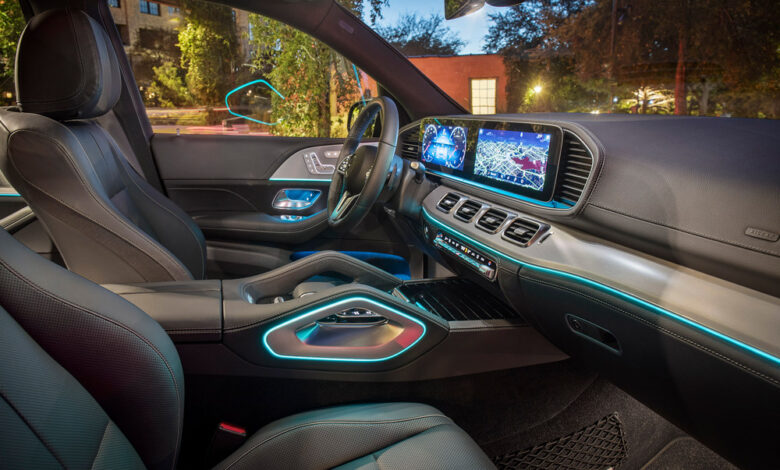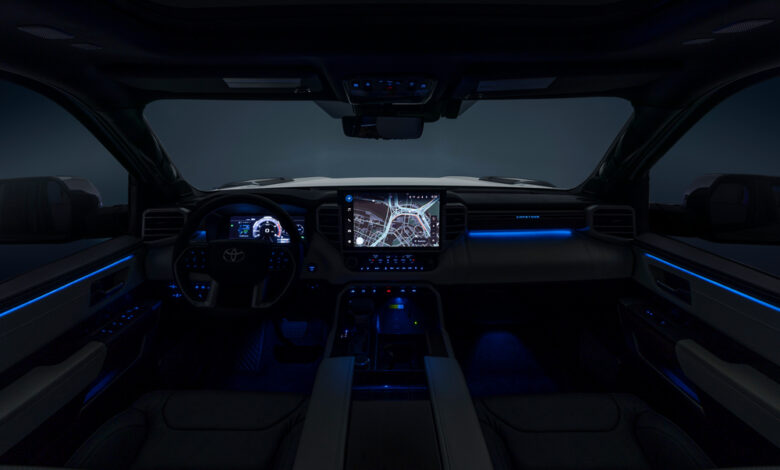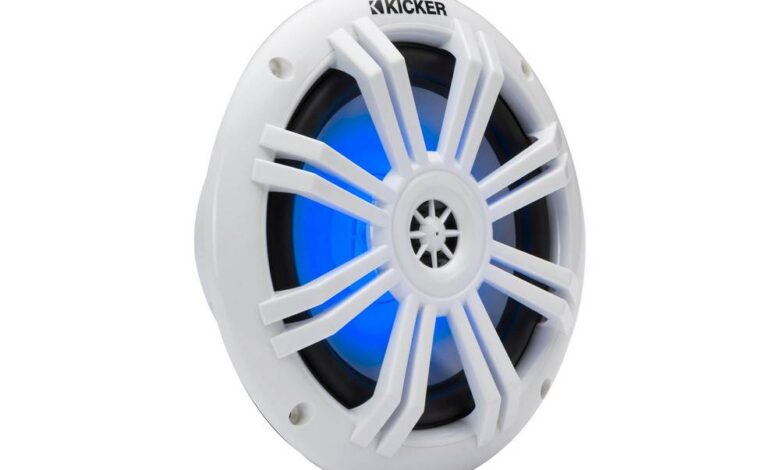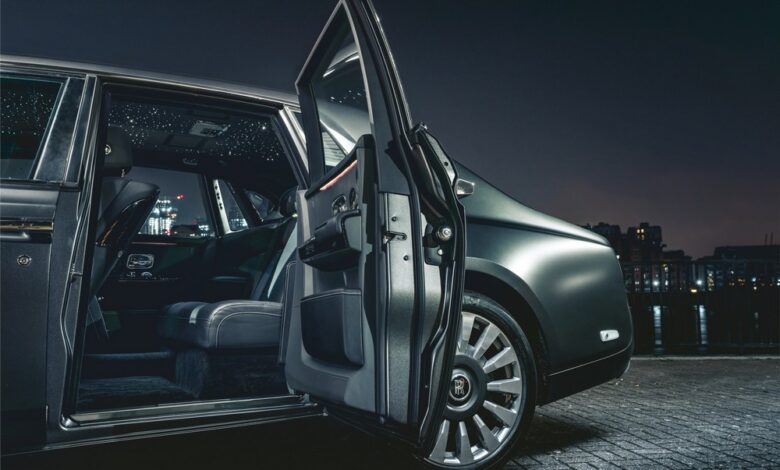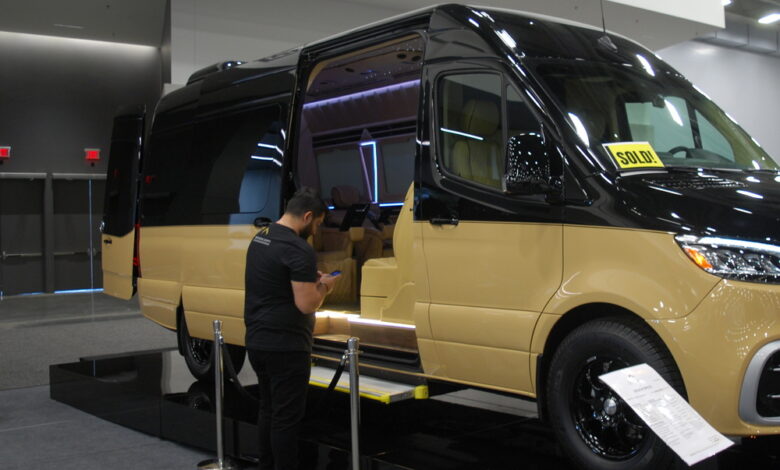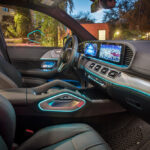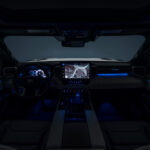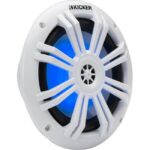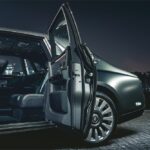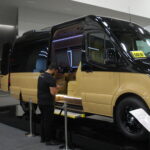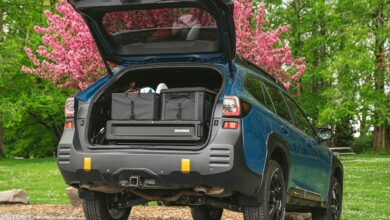This article originally appeared in the March 2023 issue of THE SHOP magazine.
Automotive interiors are getting brighter. Ambient lighting has become a selling point.
Perhaps the one manufacturer most famous for leading the pack in interior lighting is Mercedes-Benz. Its ambient lighting packages are among the brightest and most prolific, and other automakers have followed suit.
Aftermarket ambient lighting is possible and relatively easy to wire into a vehicle’s 12V electrical system. The challenging part is doing it with class and style—making the lighting look like a natural part of the interior and not like a neon tube plugged into a cigarette lighter socket, as it was in years past.
It’s possible to achieve classy ambient lighting solutions with LEDs and fiber optics.
HOW MB DOES IT RIGHT
When looking at ambient LED lighting, a model you may want to follow is the new S-Class Mercedes. The number of LEDs incorporated into the newest S-Class has increased from 40 to around 250.
At 200 candela per square meter, the ambient lighting is 10 times brighter than before. According to Mercedes, the optical fibers of the active ambient lighting are concealed behind black panel facing and are not visible when switched off.
An LED is positioned inside every 0.6-inch. In the S-Class, the individual LEDs are controlled and actuated by the CAN-BUS in real time. This allows flowing light effects—a soft transition within the light band and color transitions.
When entering the vehicle, the ambient light band is animated in finely granular form as a welcome feature. Since the system is controlled by the CAN-BUS, the lighting can also display and reinforce warnings.
For example, the Active Blind Spot monitoring system alerts the driver of an impending collision by glowing angry red. Setting the HVAC to a lower temperature results in a cool blue flash. When the voice assist “Hey Mercedes” is active, the corresponding seating position is animated when voice input is expected. Mercedes knows how to design lighting systems right.
THOSE SPEAKERS ARE LIT!
Although a Mercedes-level of integration cannot typically be achieved in the aftermarket, it is amazing to know what is possible. It’s certainly easy to tie accessories such as audio systems into add-in ambient lighting setups, and you can even have the lights pulsate to the beat.
In fact, audio manufacturer KICKER has a kit for its speakers and grilles that already has LED lighting built into the speaker surrounds and is controlled by its KMLC wireless remote.
Installers can wire multiple speakers/grilles in parallel to be controlled by the KMLC by first splicing them together. Connect up to 12 KICKER LED-lit speakers/grilles to one KMLC to get the lighting party started.
STARLIGHT EXPRESS
Since they first appeared in Rolls-Royce models, Starlight Headliners have become an aftermarket lighting indulgence for luxury vehicles. And everyday vehicles, too. We have even seen installations of the illuminated headliners on the removable hardtops of Jeep Wranglers.
As the story goes, the original Starlight Headliner from Rolls-Royce was created when a good customer of the brand was suffering from an unusual ailment called photophobia, which is an extreme sensitivity to light.
The customer was only able to read his daily newspaper very early in the morning under the starlight on his rural ranch. He requested the engineers develop a similar ambience in his Rolls-Royce.
Delivered in 2006, the car was equipped with a new fiber optic headliner featuring 800 stars. The intensity of light emitted by each star varies to make a facsimile of the nighttime sky above the customer’s ranch.
Each Rolls-Royce Starlight Headliner is completely unique. Some are patterned after the sky the evening the first Rolls-Royce was created. Some use the latitude and longitude of the owner’s home on the evening of a special anniversary.
And, while the aftermarket does not need to concern itself with astronomical accuracy, it is impressive that Rolls-Royce craftsmen use a template for the bespoke headliner that can take a week to complete.
To create the headliner, the leather is perforated with 1,400 to 1,600 holes, each carefully counted. Fiber optic threads are hand-trimmed at different angles to achieve a twinkling effect.
These are then countersunk into the headliner template holes by hand. A craftsperson then ensures that the fibers are perfectly seated on the visible leather surface, ready to shine.
Shooting stars are a cool new take on the headliners. These are installed in a similar fashion but use the latest in lighting controllers to produce a star that appears to travel across the headliner.
CAN YOU DO IT AT YOUR SHOP?
My search revealed that aftermarket starlight headliner kits are available on Amazon, typically through products made in China. I could not find a U.S.-based manufacturer, but the technology is reasonably rudimentary—just a bunch of fiber optic strings that link into a light engine and controller kit.
If you’ve ever been to a Disney-themed live production, you may be familiar with the fiber optic toys for sale. Customers who see an illuminated headliner probably have the same desire as a child at a Disney event who has to have that magic wand.
When shopping for fiber optic kits, you will see an overall number of strands with different lengths of fiber optics. For most headliners to look good, 400 to 600 fiber optics will do the trick, and once you’ve perforated a headliner with that many holes you’ll be able to appreciate the attention to detail Rolls-Royce performs in the factory.
I suggest a kit with fiber optics that use an appropriate length for the vehicle. This way, the installer will be able to comfortably mount the light engine, which will probably live in the trunk.
Most of the remote controls will be reminiscent of generic thin IR controllers for LED “neon” signs—you’ll be familiar with them if you’ve ever ordered a custom LED faux-neon sign for your storefront.
The expense comes in the installation that includes piercing hundreds of holes into a headliner. The challenging part is mapping out a removed headliner and accounting for factory modules and OEM lighting in the ceiling.
For those with interior upholstery skills, the job should be easy but repetitive. Removing a tight factory headliner can be a chore, but if a customer needs a headliner replacement for a show vehicle, a starlight headliner upgrade could warrant thousands of extra dollars with minimal money spent on equipment.
You’ll definitely want an extra set of hands to help reinstall the headliner. It’s kind of like reinstalling a liner with what looks like hundreds of fishing line tangles on a busy charter boat. The procedure can be done in-vehicle with the headliner resting on the seats, but the ability to do it on a table will make the fiber optic installation easier, though trickier to replace the finished product. You’ll have to make the call depending on the vehicle.
